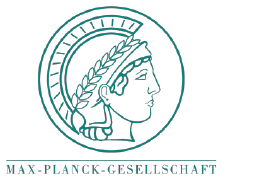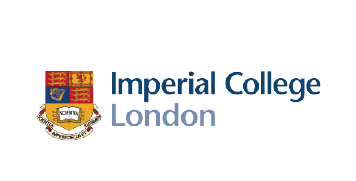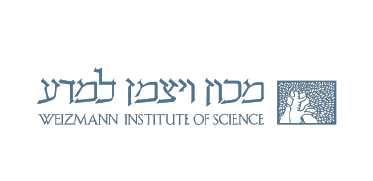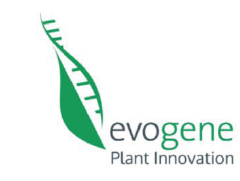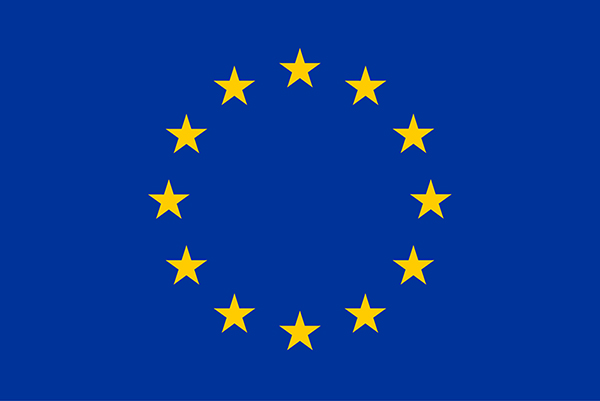
The backbone of our project is the identifications of novel pathways that increase agricultural productivity by enhancing carbon fixation rate and efficiency in plants. The pathway design was completed in the first year, during which we identified more than 100 candidate pathways that can potentially bypass the natural photorespiration without releasing CO2.
We have considered all known enzymes and all known enzymatic mechanism to systematically search for all the possible routes that recycle 2-phosphoglycolate, the product of Rubisco oxygenation, back to the Calvin cycles (that supports carbon fixation). Our candidate pathways contained both reactions catalyzed by existing enzymes as well as plausible reactions, i.e. reactions that potentially can be catalyzed by well-characterized enzymes or that follow a well-known mechanism. We compared the candidate pathways according to various physicochemical properties including thermodynamics, kinetics, resources consumptions, and overlap with endogenous metabolism. Our analysis takes into account also how easy it will be to evolve the novel reactions from existing enzyme and mechanism (i.e. the number of novel enzymes required in the candidate pathway and hints in the scientific literature on existing enzymes that could support such new activity). This approach enabled us to select the most promising pathways in terms of such properties and test them in vitro, reconstructing the pathway from its enzymatic components. We are now implementing the pathways in E. coli, using it as a platform for the pathway selection, before finally moving to cyanobacteria and plants.

